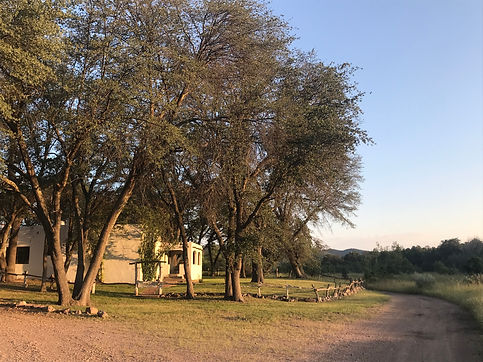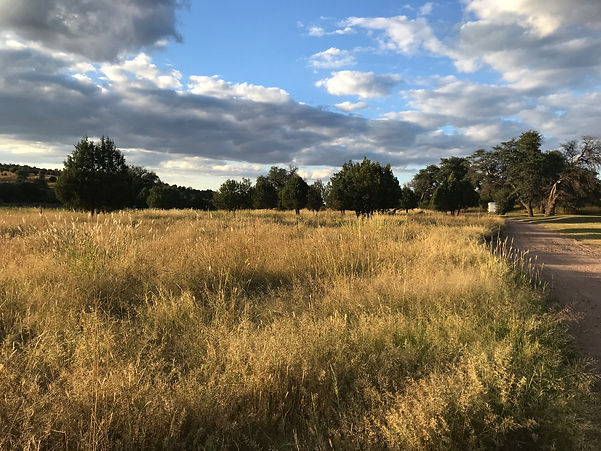
BOOT & RACQUET RANCH
The BOOT & RACQUET RANCH has a colorful and interesting history. The geographic area of southeastern Arizona where the ranch sits, to the west of the Huachuca Mountains, was once the reservation of the San Carlos Apache Tribe. In fact, this area was part of Cochise’s stomping grounds when it belonged to the Apache tribe. Turkey Creek, which runs through the BOOT & RACQUET RANCH, is above ground almost year-round where it crosses State Route 83 in the Canelo settlement. Members of the Apache tribe, including Cochise, are said to have watered their horses in this stretch of Turkey Creek. Native American artifacts have been located at one site on the ranch, which is believed to have been an Apache settlement.
History
The fruit from the many oak trees which populate the ranch is called the piñon nut. It was a staple of the Apaches’ diet with many uses. It is still coveted by members of the San Carlos Apache tribe who, to this day, travel to the area to gather the piñon nuts from the ground.
Originally, the ranch consisted of 160 acres which were homesteaded by the Sotelo family. The family built a four-room adobe ranch house which is still part of the main ranch house. One of the early owners of the ranch, after the Sotelo family, was Marjorie Colt, an heiress of the Colt firearms family. She married Jack Van Ryder, who was one of the most colorful American artists of the 20th century. During his eclectic and adventurous life, he was a cowboy, painter, illustrator, map maker, soldier (and deserter), rancher, and Hollywood set designer.
In order to give Van Ryder space for his painting, Marjorie had one of her neighbors, Alex Gonzales, along with Gonzales’s father, construct an adobe addition to the home which included Van Ryder’s studio. All of the extensive woodwork, including the beams, was harvested from the oak trees surrounding the property. The design of the addition is unique containing many arches, each with a different shape. One of Van Ryder’s copper etching plates is a permanent part of his “studio.” A Van Ryder cowboy drawing hangs in a hallway, and two plaster reliefs made by Marjorie Colt are also a permanent part of the studio.
Van Ryder was born in 1899 on a goat ranch outside of Tucson, Arizona. He hopped a train when he was 13 years old to leave home and never looked back. His art has been exhibited in some of the major art galleries in the country.
In the 1960s Joel Brecheen, a tennis pro, and his family built two duplex casitas and two tennis courts and the property became “The Boot and Racquet Ranch.” Local legend has it the ranch entertained some of Hollywood’s biggest stars such as Bing Crosby and his cronies. The guests rode horses, played tennis, and reveled in the tranquility and beauty of the property.
The Brecheens’ niece is Temple Grandin who, despite her autism, obtained a Ph.D. in animal sciences and is now an autism activist, a professor at Colorado State University, a best-selling author and a consultant to the livestock industry on animal behavior. She invented the “hug machine,” which is a pressure device designed to calm hypersensitive people, usually those with autism. According to the made-for-TV movie of her life, after she witnessed a neighbor’s cattle become tranquil after being placed in squeeze chutes, she got the idea that the same mechanism might give relief to those with autism. At the time, she was living with her aunt and uncle at the The Boot and Racquet Ranch.
The Guerrero family purchased the ranch from heirs of the Eli Lilly family in 2000 and called the property the Maria Francisa Ranch in honor of their family matriarch. For over 20 years, the Guerrero's hosted large family reunions and family weddings at the ranch. It was their rural getaway from daily urban life in Phoenix, AZ.
In June 2021, under new ownership, a major renovation project was launched to restore the guest ranch glory of the The Boot and Racquet Ranch.
Location
BOOT & RACQUET RANCH sits on 63 acres in a finger of private land surrounded by National Forest approximately 27 miles southeast of Sonoita, Arizona.
South of the ranch lies the Canelo Hills and on the south side of the Canelo Hills lies the historic, beautiful, and unique San Rafael Valley, 223 square miles of rolling short grass rangeland. San Rafael Valley was the home of the San Rafael Cattle Company, one of Arizona's largest cattle ranches. The owners sold the land to the Nature Conservancy in 1998 which in turn sold the ranch headquarters along with 3700 adjacent acres to the Arizona State Parks Department. That acreage is now the San Rafael Ranch State Park.
To the East of BOOT & RACQUET RANCH are the Huachuca Mountains which rise to a 9,466 foot peak. Miller's Peak is accessible by a hiking trail which passes through vegetation zones ranging from semi-desert mixed grass at the lower elevations to mixed oak, aspen and pine trees at the upper elevations.

Driving Directions
-
TAKE Interstate 10 EAST OF TUCSON towards EL PASO
-
EXIT HIGHWAY 83 - SONOITA/PATAGONIA (about 20 mi. East of Tucson)
-
STAY on HIGHWAY 83 through the Sonoita junction (you will pass the fairgrounds and curve left).
-
FOLLOW HIGHWAY 83 for about 20 minutes to MILE MARKER #14 and TURN RIGHT on CANELO ROAD
-
GO straight on this dirt road for about 3 miles until you see the tennis court. You've arrived!
.png)